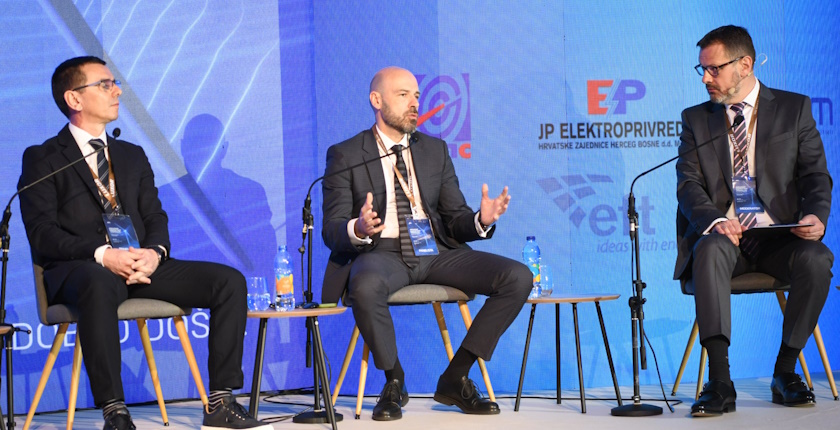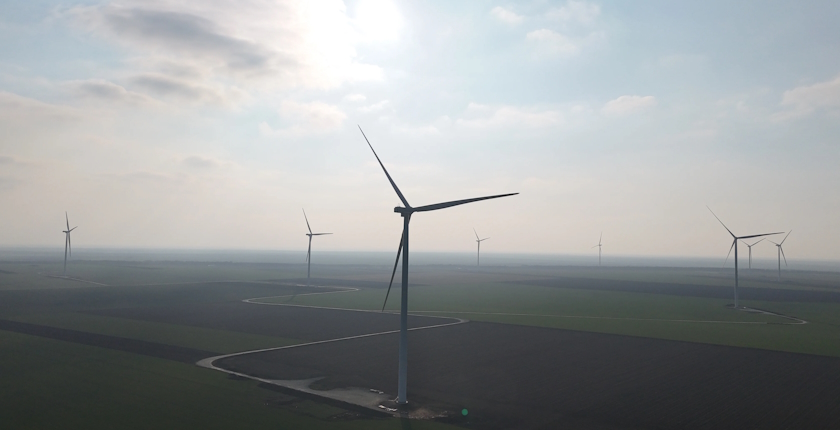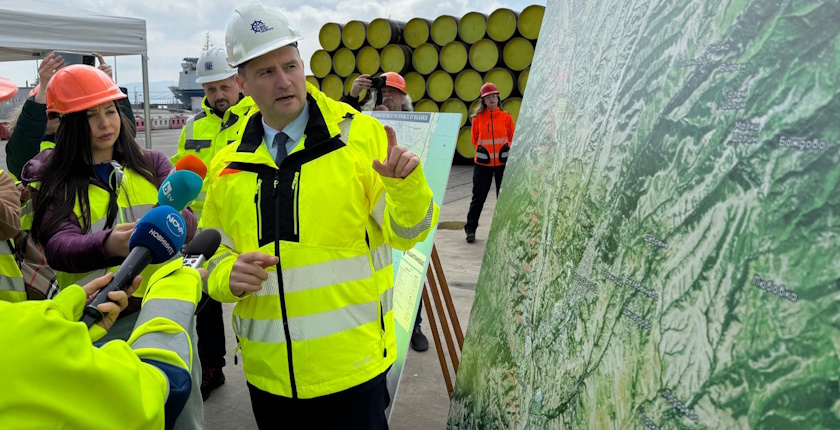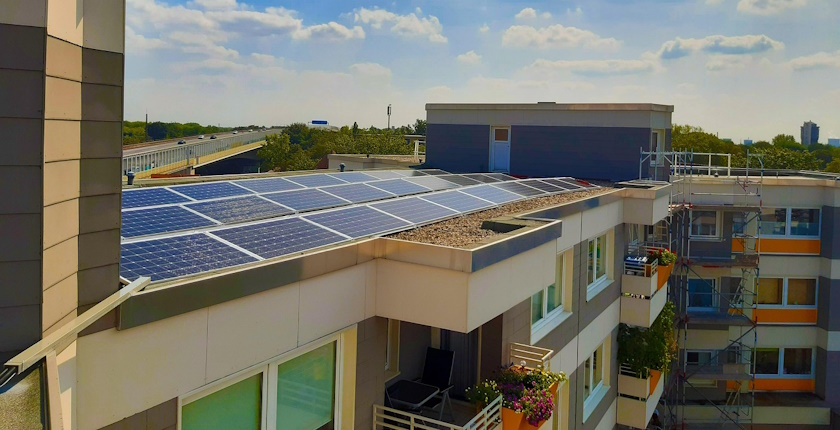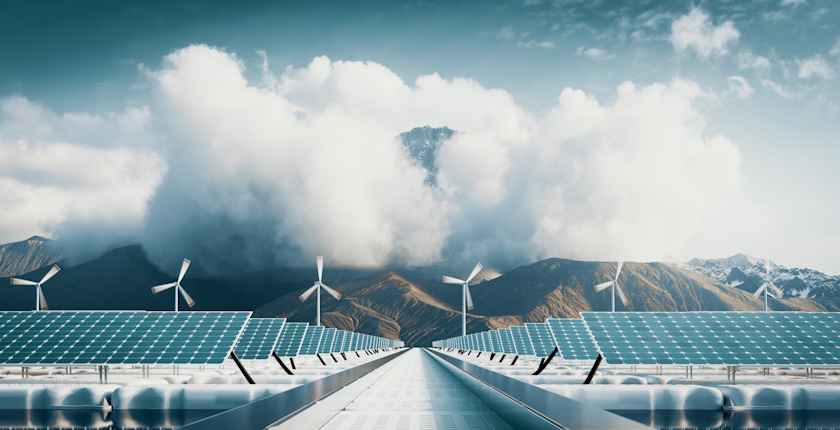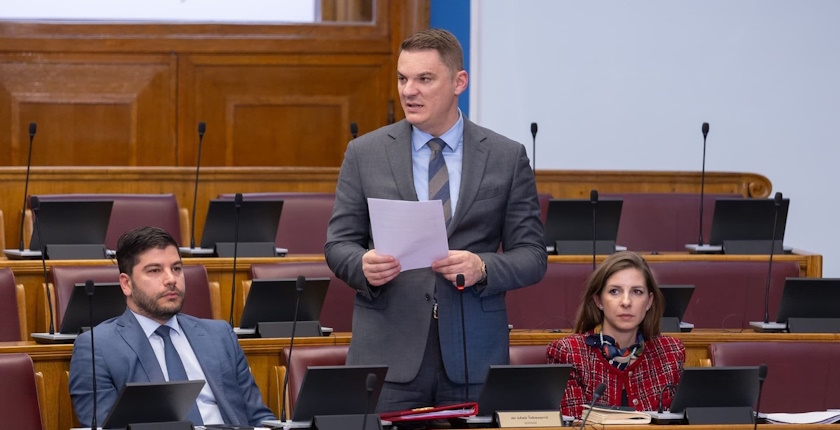
Montenegro adopts new energy law
Montenegro has adopted a new law on energy, which will allow citizens to become active participants in the electricity market and establish energy communities. The new law will also accelerate digitalization and the development of smart grids and flexibility services.
The Law on Energy represents a modern, European framework for a sustainable energy future, according to the Ministry of Energy.
The law brings a series of systemic innovations, including strengthening the position of consumers through greater transparency and protection of their rights.
Citizens are getting the opportunity to become active participants in the electricity market by producing, storing, and selling energy, the ministry said.
The law introduces citizens’ energy communities
The document also defines the concept of energy poverty and ways to reduce it, in line with European priorities of social justice.
The law supports the digitalization of the electricity system and the development of smart grids and flexibility services, enabling more efficient use of the electricity infrastructure, the ministry noted.
It introduces the energy community of citizens to strengthen local energy resilience. The law also creates conditions for dynamic electricity tariffs, as well as tools for comparing offers and consumption management.
Admir Šahmanović, Minister of Mining, Oil and Gas, said that the adoption of the law is not just the fulfillment of international obligations.
Šahmanović: We are introducing a new vision for Montenegro’s development as a modern, energy-efficient, and competitive country
“This is a law that introduces European standards into our legislation, creates conditions for new investments, safeguards citizens, and encourages innovation, digitization, and sustainability, but also guarantees the security of supply and a fair energy transition for everyone,” Šahmanović stressed.
In his words, the law introduces a new vision for the development of Montenegro as a modern, energy-efficient, and competitive country.
Of note, Šahmanović is also the coordinator of the Ministry of Energy. Two weeks ago, Prime Minister Milojko Spajić nominated him for the position of Minister of Mining and Energy.

